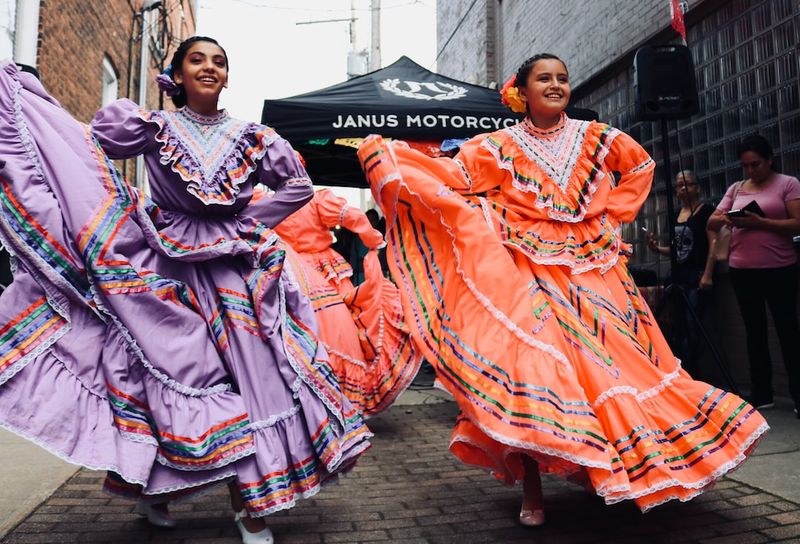India, that is Bharat: A short history of the nation’s names, from the Rig Veda to the Constitution of India
Introduction
There has been speculation about a potential official change in the name of India to Bharat. Opposition politicians have shared images of an official invitation to a G20 dinner hosted by “The President of Bharat” instead of the usual “President of India.” While Article 1 of the Indian Constitution uses both names interchangeably, there are already Hindi variants incorporating “Bharatiya” in institutions like the Reserve Bank of India and the Indian Railways. This article explores the history of the names Bharat and India, their origins, and their significance within the Indian context.
The Origins of Bharat
The name Bharat, also spelled Bharata or Bharatvarsha, finds its roots in Puranic literature and the epic Mahabharata. The Puranas describe Bharata as the land between the “sea in the south and the abode of snow in the north.” Social scientist Catherine Clémentin-Ojha explains that Bharata represents a supraregional and subcontinental territory where the Brahmanical system of society prevails. It symbolizes a religious and socio-cultural entity rather than a political or geographical one.
Bharat as a Religious and Cultural Entity
Clémentin-Ojha argues that Bharata represents the “fundamental unity of India” based on a common faith and culture. The great places of Hindu pilgrimage are situated in the four corners of India, from the extreme South overlooking Ceylon to the extreme West washed by the Arabian Sea, the East facing the Bay of Bengal, and the North in the Himalayas. Jawaharlal Nehru, in his writings, also alludes to the deep-rooted unity of India as Bharata, a land of sacred significance for Hindus.
The Evolution of India and Hindustan
The name Hindustan is thought to have originated from “Hindu,” the Persian cognate form of the Sanskrit word “Sindhu” or the Indus River. It gained popularity during the Achaemenid Persian conquest of the Indus valley in the 6th century BC. The Greeks transliterated the name as “Indus,” and by the time of Alexander the Great’s invasion in the 3rd century BC, “India” had come to be associated with the region beyond the Indus.
During the Mughal era, the term Hindustan was used to describe the entire Indo-Gangetic plain. However, with the advent of British rule, the name “India” gained prominence, and “Hindustan” started to lose its association with the entire subcontinent. British maps increasingly used the name “India,” signaling a shift in perspective and the subcontinent’s perception as a single, bounded, and British political territory.
Inclusion of Bharat and India in the Constitution
When the Constituent Assembly debated the “Name and territory of the Union” in 1949, there was division among the members regarding the use of the name “India.” Some members felt that it reminded them of the country’s colonial past. Despite suggestions to use only “Bharat” or include both “Bharat” and “India,” the Constitution retained both names interchangeably in Article 1, stating, “India, that is Bharat, shall be a Union of States.”
Conclusion
The names Bharat and India have distinct historical and cultural significance within the Indian context. Bharat represents a religious and socio-cultural entity, embodying the fundamental unity of India based on a common faith and culture. India, on the other hand, gained prominence during British rule and its association with scientific and bureaucratic organizations. The inclusion of both names in the Constitution reflects the diverse and inclusive nature of the Indian nation. While there may be discussions and debates surrounding the usage of the names, it is essential to recognize and respect the rich history and evolving identity of India, that is Bharat.

<< photo by sydney Rae >>
The image is for illustrative purposes only and does not depict the actual situation.
You might want to read !
- From Hindustan to Bharat: Unveiling India’s Multifaceted Identity
- “Charlotte FC’s Unfortunate Stumble: A Temporary Pause on the Schedule”
- “Bharat Takes Centre Stage: India’s Government Reclaims Ancient Identity”
- “Exposed: Dillon Danis’ Secret Photo of Nina Agdal Sparks Controversy”
- KISS Set to Shake Up the 2023 Toyota AFL Grand Final
- Heading Into Battle: Crystal Palace vs Wolverhampton Wanderers – A Premier League Showdown
- “Ahsoka” Episode 3 Recap: Time Just Zips By When You’re Having a Blast
- Former school principal Malka Leifer receives sentencing for child sexual abuse: A damning verdict on a predator in the education system
- Ahsoka’s Newest Episode Shines Light on the Talents of Ray Stevenson as Baylan Skoll
- Exploring the Traditions and Festivities of Onam 2023
- Marital Troubles Looming for Joe Jonas and Wife: Is a Divorce on the Horizon?
- Cancelled to Connected: The Journey to How I Met Your Father
- Gone for Good: The Untold Story of How I Met Your Father
- “Queen Fever Hits Down Under: Qinwen Zheng Gets Behind the Latest Hit!”




